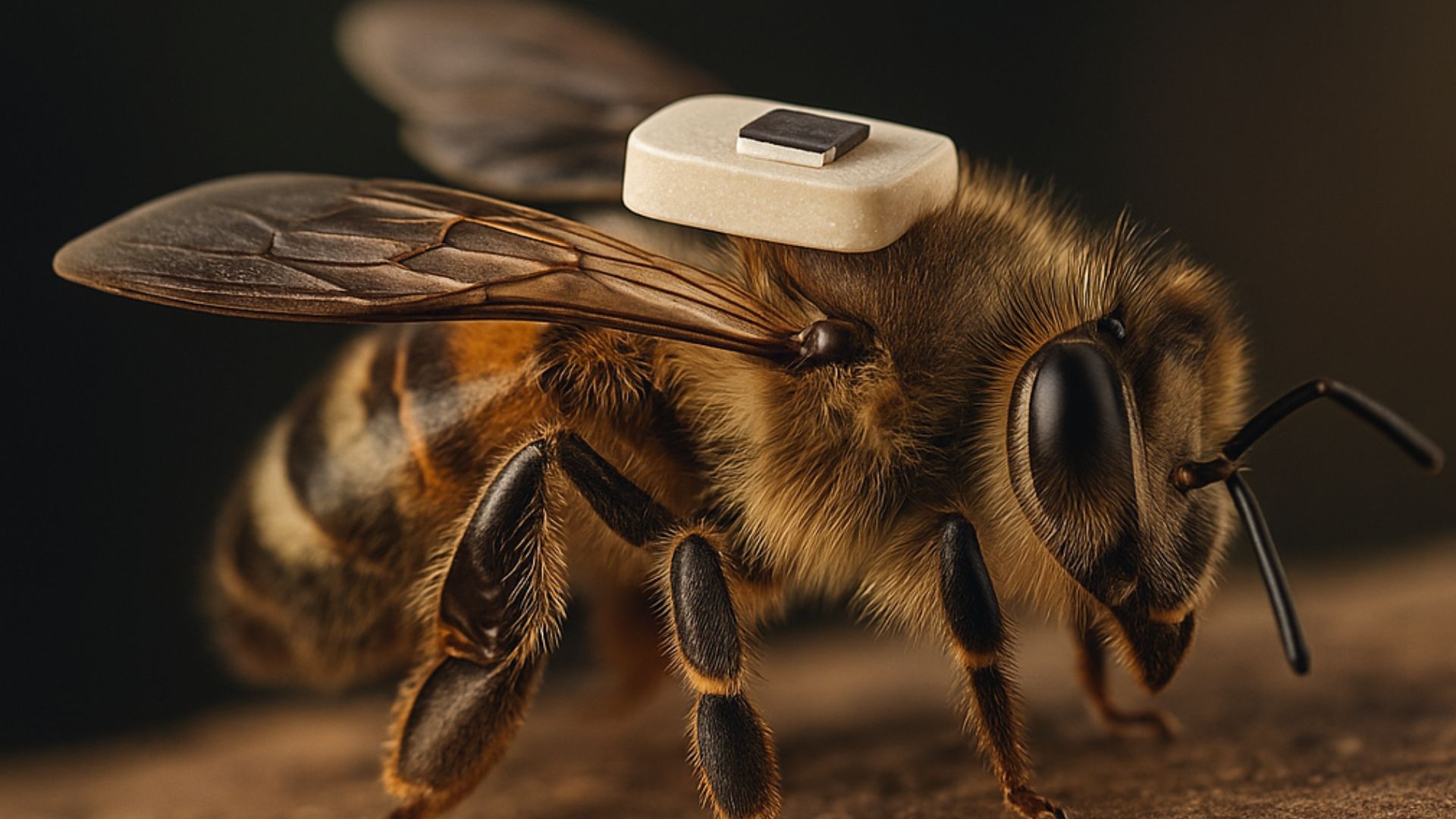
Scientists at the University of Sheffield have revealed that bees employ flight maneuvers and body movements to assist their brains in absorbing and identifying visual patterns with remarkable precision. This finding could potentially transform the evolution of forthcoming artificial intelligence technologies.
The breakthrough showcases how even the brains of small insects can tackle intricate visual challenges using a minimal number of neural cells, contesting traditional beliefs about intelligence and computational capability.
The research team created a computational representation of a bee’s brain to grasp how flight actions generate specific neural signals that help bees effectively recognize environmental features. This biological method indicates that future robots could improve their intelligence by utilizing movement for information gathering rather than relying on extensive computational networks.
Movement Fuels Neural Accuracy
Professor James Marshall, Director of the Centre of Machine Intelligence at the University of Sheffield, emphasizes the study’s significance by stating: “Our research indicates that even simple brains can leverage movements to navigate their environments, demonstrating that small, efficient systems, refined over millions of years of evolution, can conduct much more complex computations than previously imagined.”
The model demonstrates how bees create distinctive electrical patterns in their brains through scanning motions while in the air. These actions aid in producing sparse, decorrelated neural responses, wherein only specific neurons activate for particular visual features—a remarkably efficient coding method that conserves energy and computational resources.
Neural Networks Evolve Through Experience
The research reveals how encountering natural visuals during flight naturally alters the neural connectivity within the bee visual systems. Dr. HaDi MaBouDi, the principal investigator, elucidates the learning mechanism: “Our bee brain model illustrates that neural pathways are optimized for visual information processing through active engagement with flight movements in real-world contexts.”
Through non-associative learning—neural modification without reinforcement—the model’s brain networks progressively adjusted to certain directions and motions. This led to orientation-selective neurons that react most strongly to specific visual features while largely disregarding irrelevant stimuli.
Experiments using the model that replicated real bee scanning techniques for differentiating plus and multiplication signs demonstrated significantly improved performance relative to passive methods.
Consequences for Robotics and AI
Professor Lars Chittka from Queen Mary University of London indicates that the study tackles the age-old question of whether intelligence is associated with brain size. It reveals the surprisingly small number of neurons needed for complex visual discrimination tasks.
The results suggest that intelligence arises from the interplay between brains, bodies, and their environments, rather than solely from computational power. This insight can guide the creation of more efficient robotic systems that actively modulate their sensory input through movement rather than passively handling large data volumes.
Professor Mikko Juusola states: “Our work endorses an emerging perspective that animals actively influence the information they gather, applying this concept to bees’ advanced visual processing, where behaviorally motivated scanning generates compressed, learnable neural codes.”
The research paves the path for bio-inspired AI systems that could significantly reduce computational demands while improving performance in real-world settings such as autonomous navigation, robotic vision, and adaptive learning frameworks. By incorporating evolutionary insights into efficient information processing, these findings could stimulate advancements in technologies like self-driving cars and environmental robotics.
If our reporting has informed or inspired you, consider making a donation. Every contribution, no matter the size, helps us deliver science and medical news accurately and engagingly. Your support ensures independent journalism can continue uncovering the stories that matter most.
Join us in making knowledge accessible and impactful. Thank you for supporting our mission!